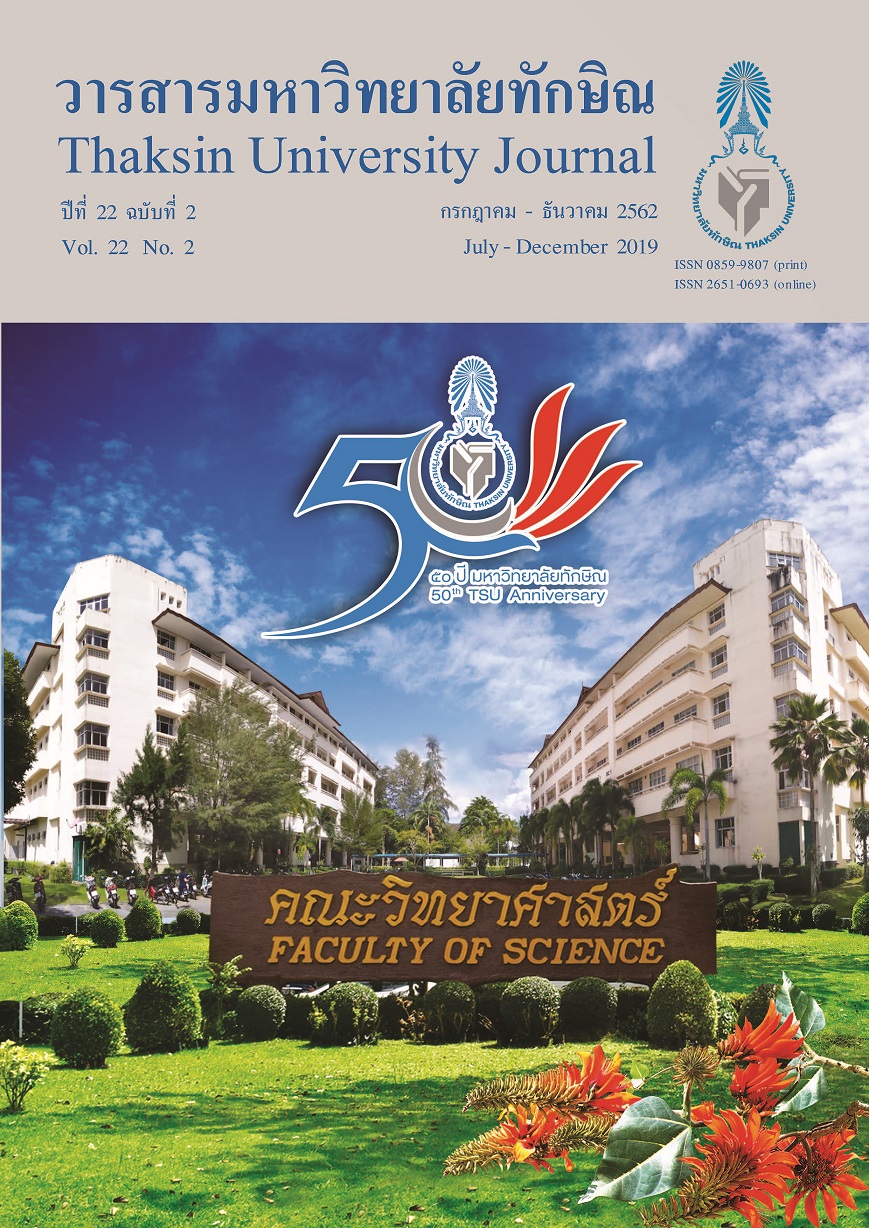Analysis and Development of Energy Efficiency of Smart Grid System
Main Article Content
Abstract
This research aims to analyze the energy efficiency of smart grid systems in University of Phayao with installed 500 kW solar panels, and to propose ways to increase the energy efficiency of the system according to Life Cycle Assessment framework from manufacturing, transportation, installation, operation, maintenance, and end of life. The results showed that the generated power from grid at 1 kWh uses accumulated energy of 3.61 MJ, while smart grid systems use accumulated energy of 2.252 MJ. The solar panels have the most accumulated energy of 2.234 MJ, which is equal to 99.22 % and making a total energy absorbed equal to 1.347. That means the energy efficiency of smart grid system have good energy efficiency. Therefore, the maintenance of the system to increase the service life from 20 years to 25 years will reduce the accumulated energy of the system by 14.17 %. The guideline to increase the efficiency of the system that will be installed in the future recommends a solar panel with low energy consumption in the manufacturing process, and in addition to being able to reduce the accumulated energy in the system also help increase the system performance in the other one as well.
Article Details

This work is licensed under a Creative Commons Attribution-NonCommercial-NoDerivatives 4.0 International License.
References
Kohsri, S. (2011). Smart Grid Energy Management System for Stand Alone Renewable Energy Power Generation. Master Degree Thesis. Rajamangala University of Technology Thanyaburi.
Thinpan, S., & Thanarak, P. (2013). Carbon Dioxide Emission Assessment of Thin Film Amorphous Silicon for Electric Generation. Naresuan University Journal, 21(3), 49-58.
University of Phayao. (2016). Operation& Maintenance Smart grid System Manual University of Phayao. Phayao: Sharp Thai Co., Ltd.
Eggleston, H. S., Buendia, L., Miwa, K., Ngara, T., & Tanabe, K. (2016). 2006 IPCC Guidlines for National Greenhouse Gas Inventories. Hayama, Kanagawa, Japan : The Institute for Global Environmental Strategies (IGES).
Panprayun, G. (2017). 8 kWp Rooftop PV System and Feasibility of System Expansion. Journal of Professional Routine to Research, 4(2), 76-86.
Jordan, D. C., & Kurtz, S. R. (2013). Photovoltaic Degradation Rates - An Analytical Review, Progress in Photovoltaics: Research and Applications, 21(1), 12-29.
Achara, N. (2014). Solar Cell Standard and Improved Manufacturing Processes. International Journal of Engineering and Innovative Technology (IJEIT), 3(1), 162-167.
Ketjoy, N., & Konyu, M. (2012). The Dust Effect on Photovoltaic Module Surface to Photovoltaic Power Generation. Journal of Science and Technology Mahasarakham University, 32(11), 555-562.


